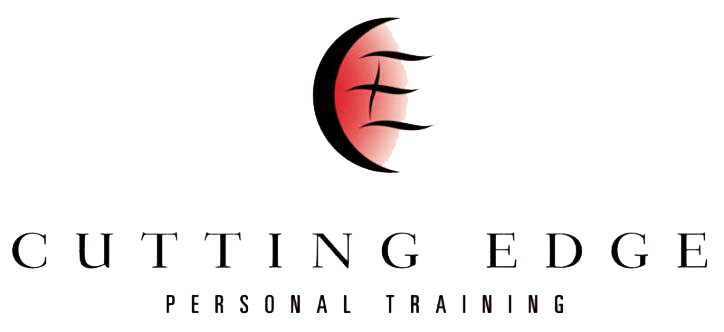December 20, 2022
How To Fuel Your Gym Workout
Experiencing low levels of energy while training? Learn how to fuel your workouts here!

Whether you're a regular at the gym or just starting out, proper fueling is essential to getting the most out of your workout.
There are certain eating habits that can lead to fatigue and decreased performance.
Conversely, other eating habits can do the opposite - fuel your workout and optimize performance.
In this post, we'll discuss some tips for healthy pre-workout eating habits that will help you power through your next sweat session.
Let's get started!
The Energy Molecule
Adenosine triphosphate (ATP) is one of the most important molecules in the body, serving as the primary source of energy for basically all our functions.
This is especially true during heavy training and exercise when ATP is responsible for powering our muscles and keeping us going.
The process by which ATP is created involves a number of different molecules and nutrients, including fats, glucose, and creatine.
Glucose plays a particularly important role in ATP synthesis since it serves as the primary "fuel" that is delivered to the body's cells via our bloodstream.
Fats are also essential for this process, providing the human body with a steady stream of fatty acids that can be used to synthesize ATP.
And finally, creatine acts as an essential substrate for ATP production, helping to ensure that our muscles have access to enough energy even during intense physical activity (well, at least for a short period before glucose kicks in.)
So basically, during each and every workout, your goal is to provide sufficient fuel for the continuous production of ATP, at an optimal rate.
Anaerobic Exercise
When it comes to gym training and any other high-intensity, short-burst activity, this is what we refer to as “anaerobic exercise” in the fitness world.
To simplify this terminology, anaerobic simply refers to an activity that is primarily fueled by processes in the body that don’t require oxygen to produce energy.
On the other hand, we have “aerobic” activities, which are the opposite - they primarily use fuel sources that require oxygen to produce energy.
During anaerobic, high-exertion activities, the body uses two primary sources of fuel to regenerate ATP and grant energy for sustained activity. Those are namely creatine and glycogen (stored carbs.)
Carbs vs Fats
The question of carbs vs. fats has long been a topic of debate in the nutrition and health communities.
While there is no definitive answer to this question, one thing is clear: carbohydrates are the king of high-intensity performance.
This is true when we consider the role that muscle glycogen plays during exercise.
An even more important mention is the fact that fats cannot be broken down anaerobically. Meaning that high-intensity training, like heavy, grueling gym sessions, require carbohydrates.
Overall, then, when it comes to high-intensity performance, carbs clearly come out on top. And making sure we consume enough of them should be a priority for anyone looking to optimize their training results.
Carb Sources
Now, what are the best sources of carbohydrates, you may ask? Well, generally speaking, any carbohydrate will do, but the focus should be more on complex carbohydrates. These are the carbohydrates that take longer to digest, grant more satiety and provide a consistent stream of energy.
Here is our top 5 list of our favorite carb sources:
1. Rice
2. Potatoes
3. Sweet potatoes
4. Wholegrain products (like oats)
5. Fruits & veggies
Final Thoughts
When it comes to fueling high-intensity performance, proper carbohydrate intake is essential.
Can you go without carbs? Yes, sure. But you’ll likely perform sub-optimally, and reach fatigue much quicker.
This is precisely why I recommend any strength-oriented athlete to consume their grains, and reap the gains!
As we always say, it is not recommended that you lean towards extreme “diets” but rather find a sustainable balance of all nutrients and implement it into a long-term plan of action.

All Rights Reserved | Cutting Edge Personal Training | Privacy Policy




